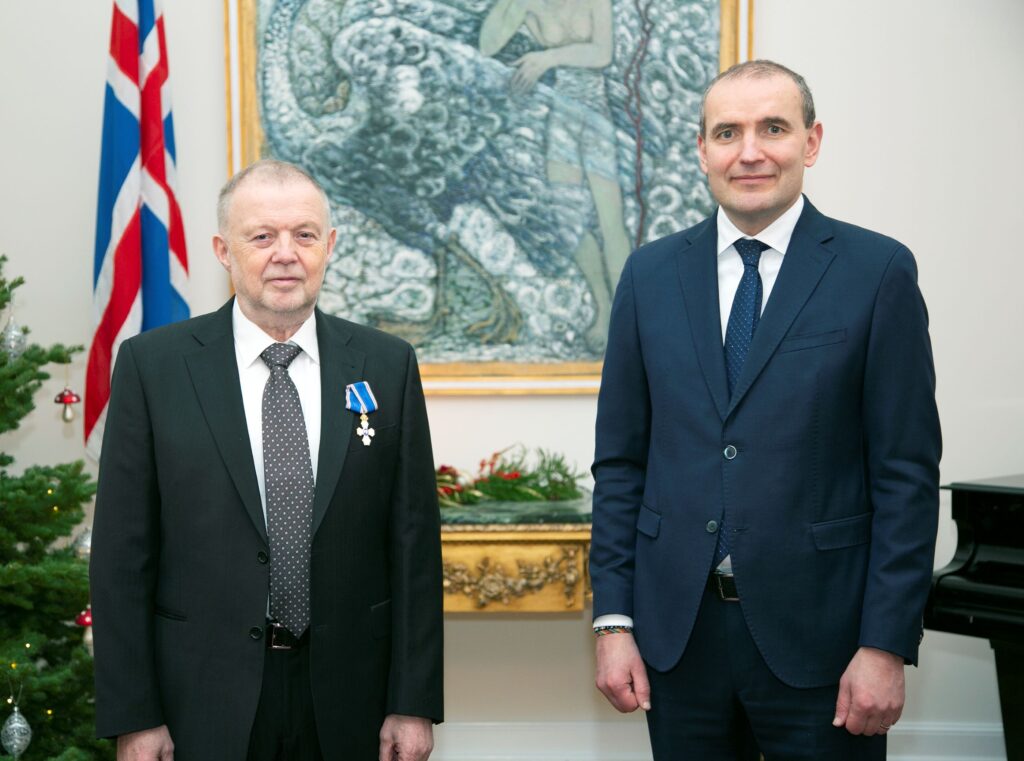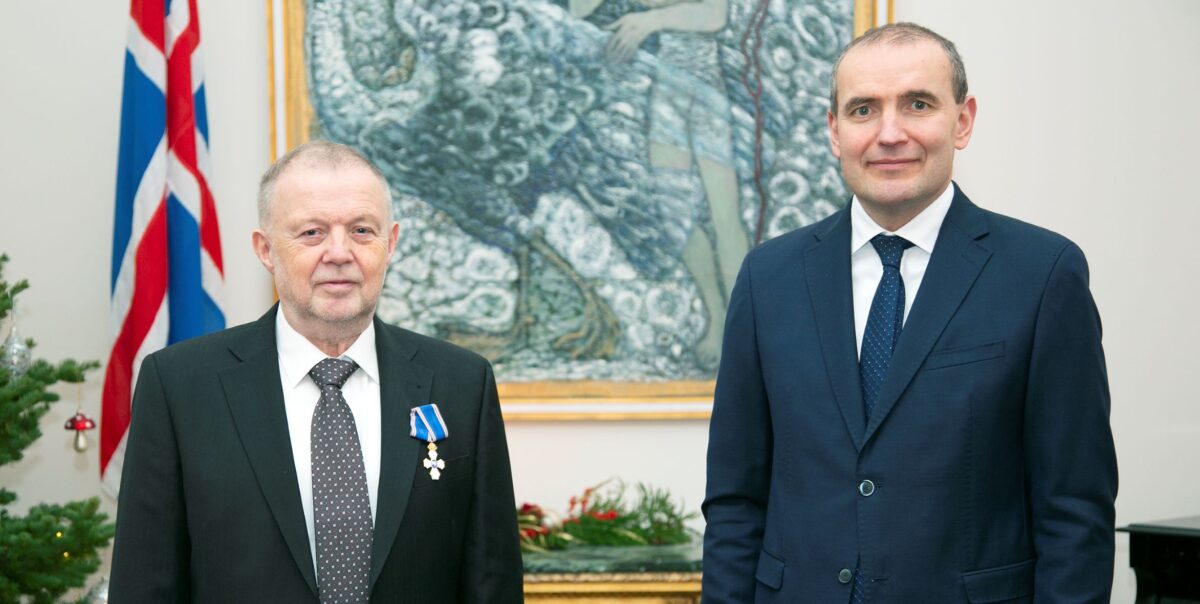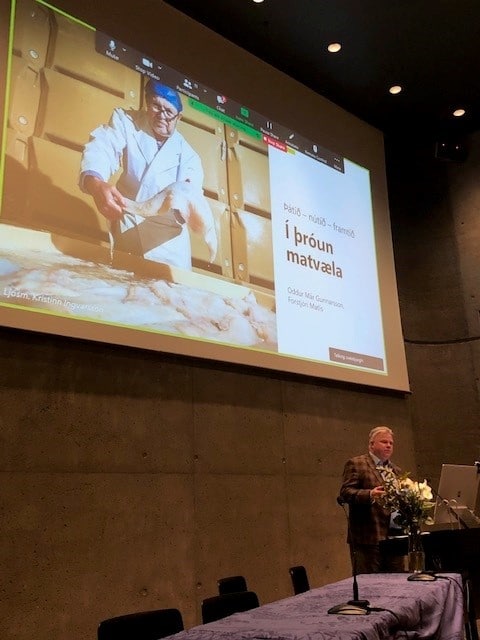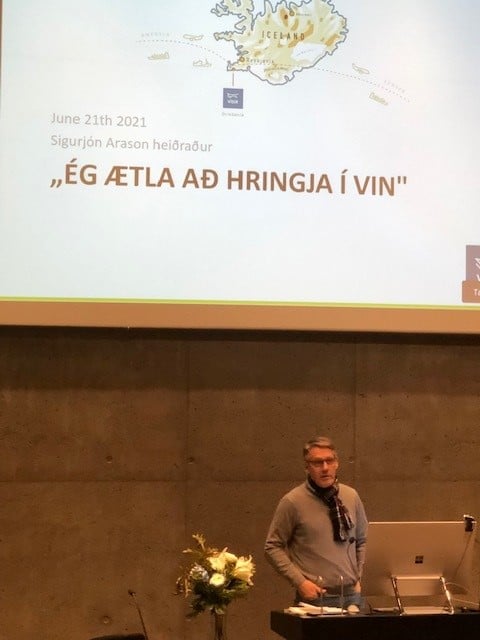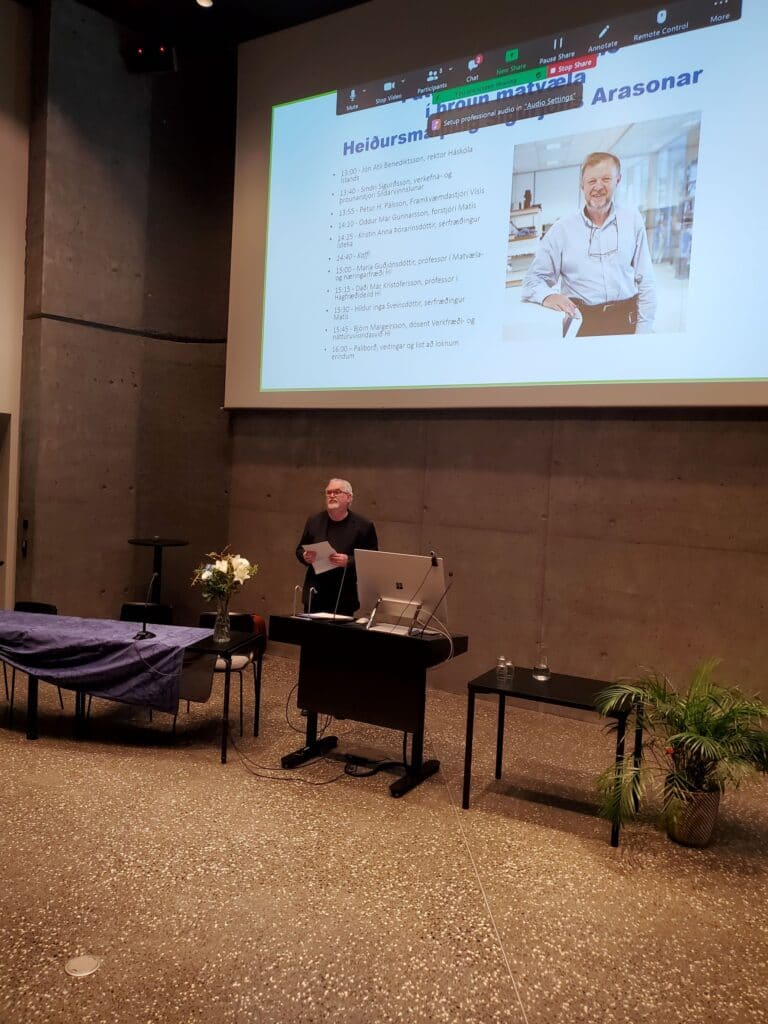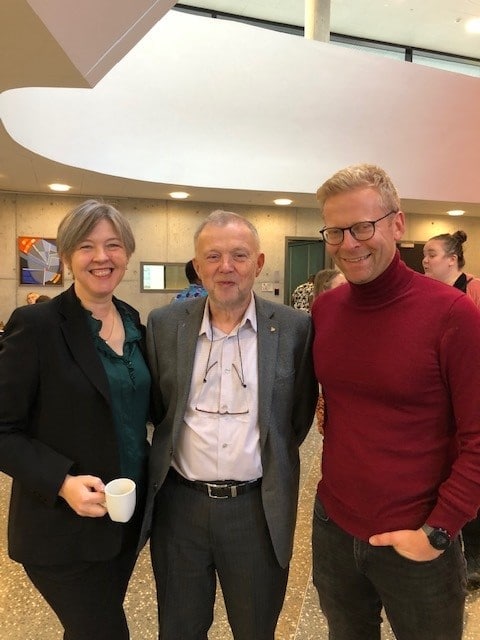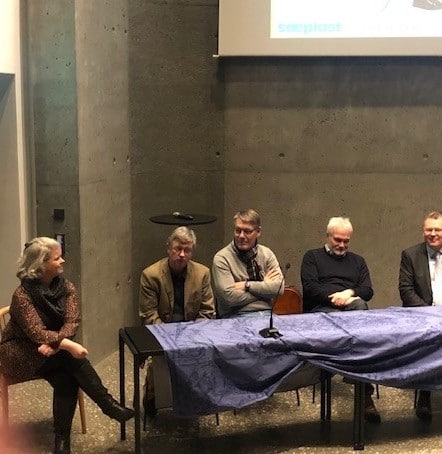Contact
Rósa Jónsdóttir
Research Group Leader
rosa.jonsdottir@matis.is
With the increasing population growth and awareness of the environmental impact of world food production, the need for the development of new ingredients has also increased. At the same time, the food industry continues to strive to meet consumer demands for the quality and nutritional value of food. Based on this, it has been examined whether biotechnology can be used to develop protein-rich ingredients in food and thereby meet the growing demand for increased sustainability and wholesomeness of food.
The FUNGITIME project developed a variety of foods containing the so-called ABUNDA® mushroom protein, which is produced by the company 3F-BIO in the UK. The ABUNDA® protein mass also contains various nutrients, fiber, vitamins and minerals. The aim of the project was to develop foods that have excellent nutritional properties while meeting other major consumer requirements.
Matís' role in FUNGITIME was to develop pasta products with ABUNDA® mushroom protein. Two prototypes were successfully developed and tested by trained sensory judges. On the one hand, it was a traditional pasta recipe where a certain percentage of flour was replaced by ABUNDA®. However, a pasta recipe was developed that is suitable for those who prefer a vegetarian diet. It can be difficult to develop pasta in this way, but some properties of the pasta dough, such as adhesion and elasticity, change considerably when the recipe is changed in this way.
Consumer surveys revealed little knowledge of consumers about fungal proteins but a strong willingness to try new products that are produced in a more sustainable way. In addition, consumers want more products without all the additives that are often used when producing substitute products that are supposed to mimic original products. Therefore, the aim of the project was to use no additives in this development of pasta.
It is expected that the use of ABUNDA® mushroom protein in foods will have several benefits. The protein is of high quality but the production cost is nevertheless low and the production is largely sustainable. The protein mass is also healthy, high in fiber and suitable for vegetarians and greengrocers.
FUNGITIME, funded by the European Union through EIT Food, was a collaboration between several European food producers and research institutes, ie. 3F BIO and Frito-Lay in the UK, AZTI, Angulas Aguinaga and Angulas Aguinaga Research Center in Spain, Fraunhofer IVV in Germany and Matís in Iceland.
Due to growing world population and the increasing awareness of environmental impact of food chain, the development of new food ingredients from alternative sources is emerging as a global challenge. Besides, consumer demand of products that fulfill their nutrition needs is also a key for the food industry. In this sense, fungal biotechnology could become a driver for food ingredient production, especially for protein production that could fulfill both challenges, the environmental impact, and maintaining, or even increasing nutritional value and consumer acceptance. In order to assure that the designed products meet consumer expectations, consumer attitudes and acceptance were considered from the development to the validation of these food products.
The aim of the FUNGITIME project was to develop food products with ABUNDA® mycoprotein, with optimal nutri-physiological properties and having high consumer acceptance. ABUNDA® mycoprotein is produced by 3F-BIO in UK. The role of MATIS in Fungitime was to develop pasta products that would be cooked and taste like traditional pasta while offering more protein, more fiber and lower glycemic index to appease the health-minded pasta consumers. The aim was to develop pasta product solutions for different market channels: as a wholesome choice. Furthermore, the role of Matís was to study consumers' expectations regarding ABUNDA mycoprotein.
Two different prototypes of ABUNDA® pasta were developed and tested by trained sensory panelists and by consumers in comparison to traditional pasta. Consumer insights were integrated into the development process, evaluating the result of the designs. By this, it was also possible to study consumers attitudes and knowledge towards alternative protein sources, like the mycoproteins. The application of the pasta in a real situation, pasta specialized restaurant, showed that it might be worthwhile to introduce Pasta ABUNDA® as a more environmentally friendly or sustainable product on the menu if it was to benefit the sale. Main results of the study on consumer expectations showed that mycoprotein products were not very known by the participants. After introduction to the ABUNDA mycoproteins, the participants expressed interest in trying and felt positive towards the more sustainable products and would be willing to try the products.
FUNGITIME, funded by EIT Food, was a fruitful collaboration between European food producers and research institutes, ie 3F BIO and Frito-Lay in UK, AZTI, Angulas Aguinaga and Angulas Aguinaga Research Center in Spain, Fraunhofer in Germany, and Matís Iceland.
